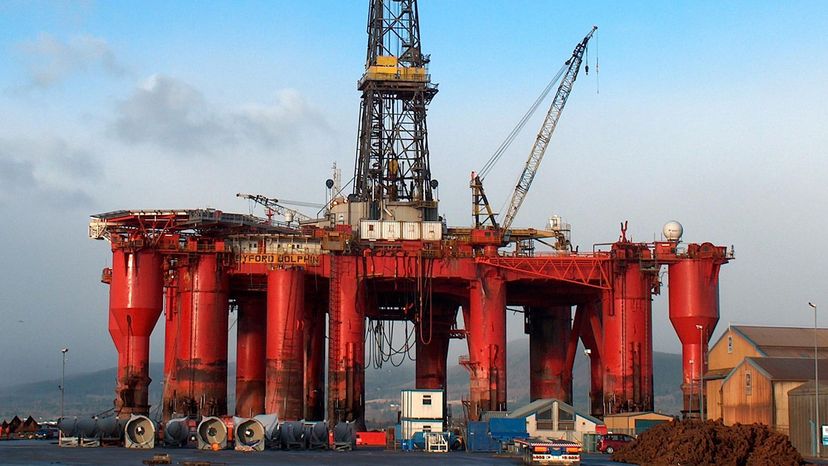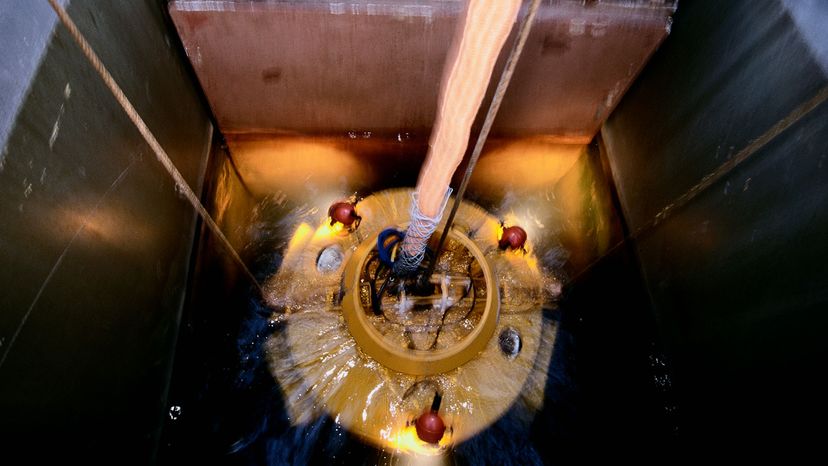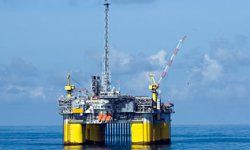
Key Takeaways
- In 1983, a tragic accident on the Byford Dolphin oil rig resulted in explosive decompression, instantly killing four saturation divers and critically injuring another crew member.
- The rapid decompression occurred when a diving bell prematurely detached from its chamber due to unsealed chamber doors.
- The incident revealed severe flaws in safety protocols and led to significant improvements in commercial diving operations and safety standards worldwide.
Saturation divers are professional deep-sea divers who descend to depths of 500 feet (152 meters) or more to service equipment on offshore oil rigs and undersea pipelines. But unlike most commercial divers, who do a few hours of work underwater and return to the surface, saturation divers will spend up to 28 days on a single job, living in a cramped high-pressure chamber where they eat and sleep between shifts.
Pay is great for saturation divers — between $30,000 and $45,000 a month — but it's intense work in an otherworldly and claustrophobic environment. And it can be dangerous. In 1983, four saturation divers and one crew member were killed in a gruesome accident aboard a Norwegian-operated oil rig called the Byford Dolphin.
Advertisement
The Byford Dolphin catastrophe was a wake-up call for the commercial diving industry, which responded with tighter safety measures to ensure no one else would meet such a terrible fate.
Advertisement

